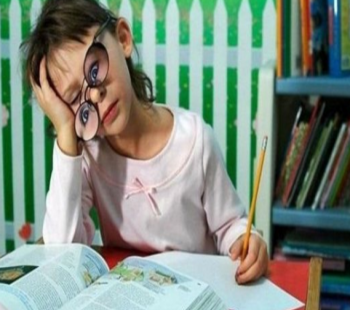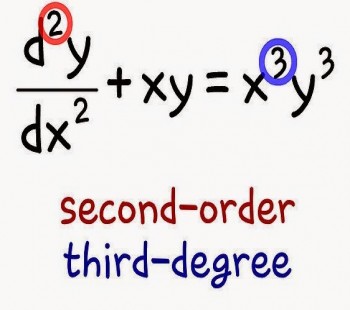Teaching as it were isn’t what it is today and certainly not what it’s going to be in the future because the influx of technology in almost every area of our lives in influenced directly or partially. As a matter of fact, education is one of the most influenced global sectors as far as modern technology is concerned. Our attention here is mostly drawn to Artificial intelligence (AI) which is more like the very hot technology which people are yet to have a full grasp on neither do they seem to understand which direction it is headed. But what we do know is that it has raised a lot of controversy while at the same time promises a lot of convenience, comfort and efficiency in economy, business, politics, security, health, surveillance, transportation and ofcourse education.
Education, teaching and technology have been such great combo together from the days of world wide web (www) which introduced internet search till the period when distant learning became the talk of the day; the top-notch and very recent of them is artificial intelligence which already is taking over. For as many who can afford and secure them, artificial Intelligence affords great teaching and learning experiences to teachers and students alike.
Let’s consider quickly how teachers can apply AI in classrooms (the good)
It helps students visualize abstract scenarios
Good and trained teachers love to sight instances because it goes a long way to promote the testimony students would likely share but it makes a whole lot of difference when they get to see for themselves. Technology has made these AI-embedded technologies available to teachers. Teaching history, virtual excursions and the likes are examples of the many areas AI can be deployed to enable students learn about the world around them which they can’t possibly see from the world they can see.
Helps to personalize learning
AI is very likely to make available to teachers a chat-bots and software which will not just answer questions of students automatically but also suggest trial and error moments to student while at the same time gathering and supplying data to the teacher about the information regarding the learning skills and Intelligent Quotient of each student.
This digital solution serves as a guide to academic institutions and teachers on how to deal with and structure their curriculum to suit the learning difference inherent in students.
Helps execute collaborative learning
Collaborative learning in this sense does not just apply to student-student formula, it also applies to teacher-student-teacher formula. This implies that students learn from their teachers who also learn and analyze their learning skills through the help of technology.
Students through AI are privileged to share their experiences when they are made to visualize abstract realities like places in history, wide-life and places they have never been to in real life which is made possible my augmented and virtual reality software solutions. This and many of these sorts of exposure are added advantage to students when they are set to choose their research areas.
With much exposure to the world from the classrooms, ideas are stirred in the mind of student who are poised to solve some of the world’s problems starting from the basics which is classified under their final year projects proposals.
Now the controversy
The fear that artificial intelligence and machine learning technologies may overtake the humans is already spreading. Some say however, that no matter how much it tries, machines can never replaces teachers in class rooms either as virtual tutors or whatever.
The latter argument is raised on the fact that, AI works with data but when not supplied, the potency is limited. They argue further that AI can only play an assisting role in aiding teaching and learning but can never replace teachers.






